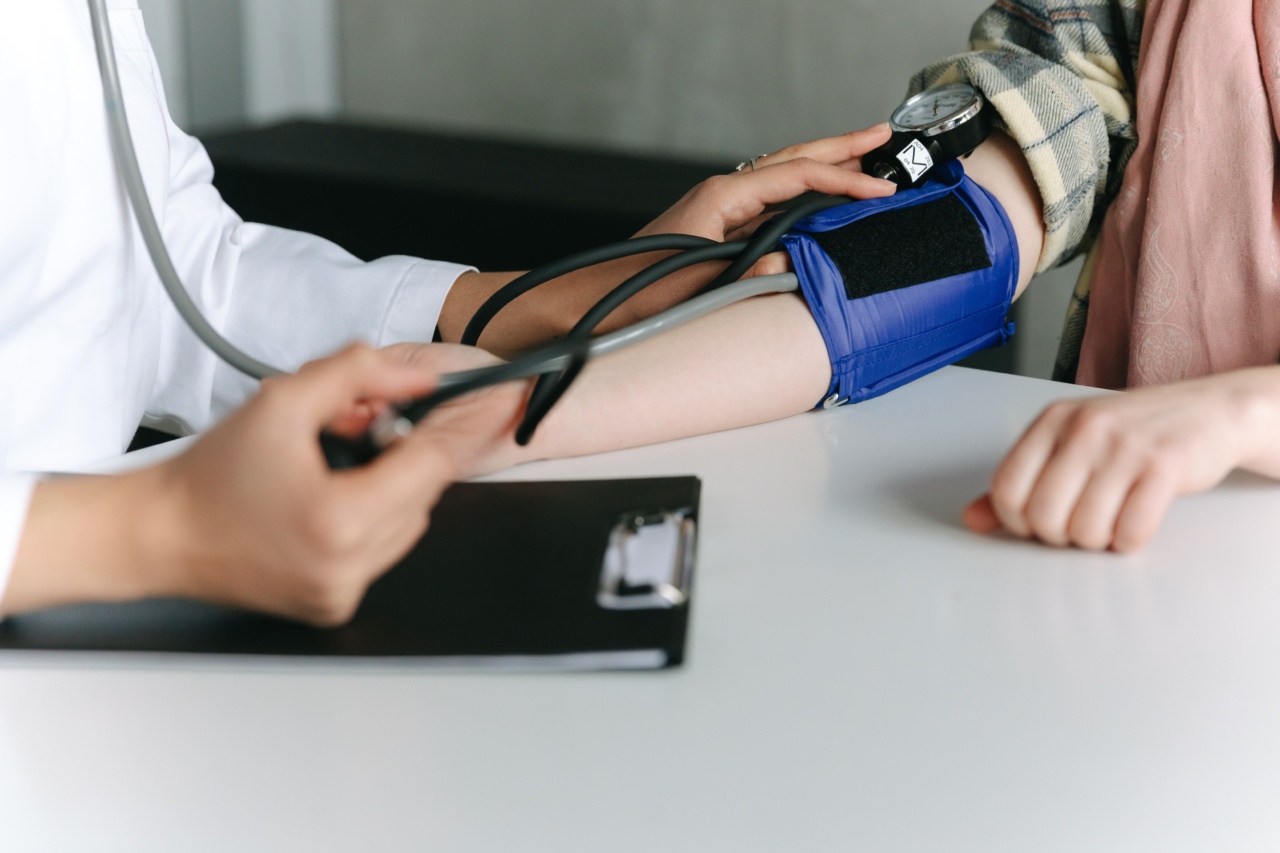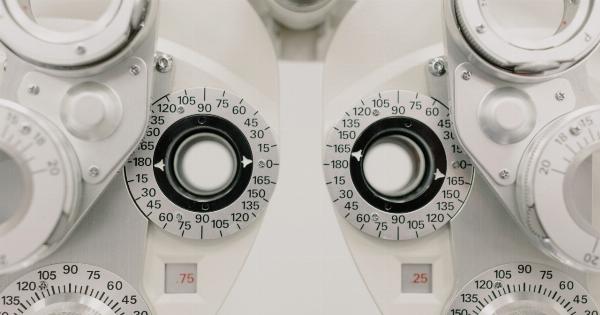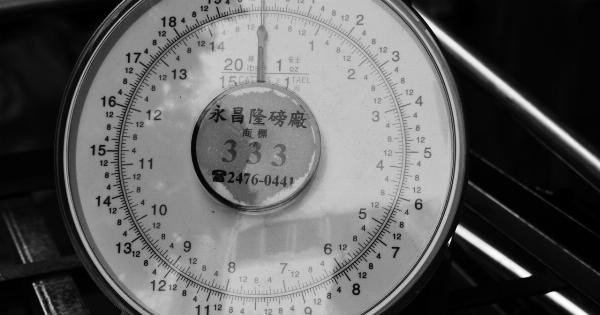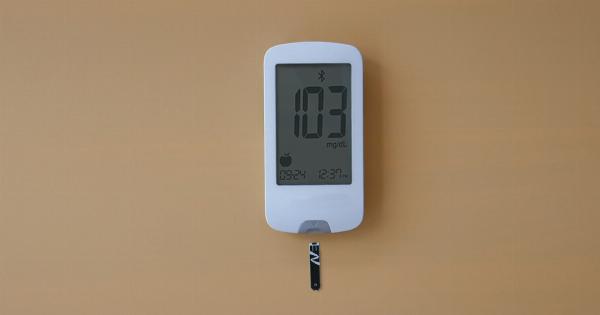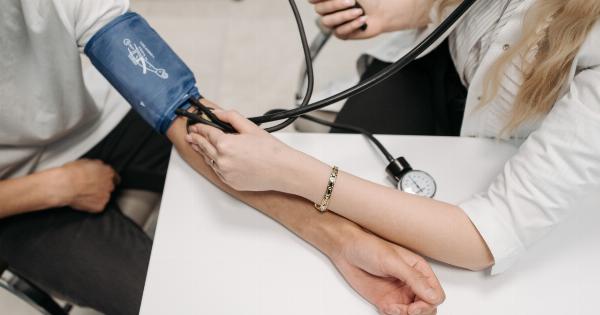Accurate blood pressure measurements are crucial for diagnosing and managing various health conditions. High blood pressure, or hypertension, is a common problem affecting millions of people worldwide.
It is a major risk factor for cardiovascular diseases and stroke, making it essential to obtain precise blood pressure readings. However, obtaining accurate measurements can be challenging due to several factors. This article will explore various ways to ensure accurate blood pressure measurements and the importance of accurate readings in managing hypertension.
Understanding Blood Pressure
Before diving into the methods of ensuring accuracy, it is important to understand what blood pressure is and how it is measured. Blood pressure is the force exerted by the blood against the walls of the arteries.
It is recorded using two numbers: systolic pressure (the top number) and diastolic pressure (the bottom number).
Factors Affecting Blood Pressure Readings
Obtaining accurate blood pressure measurements can be challenging due to various factors that can affect the readings. Some of the common factors include:.
- Incorrect positioning: The position of the patient during measurement plays a crucial role in obtaining accurate readings. For instance, having the patient’s legs crossed or unsupported can affect blood pressure measurements.
- White coat syndrome: Many individuals experience increased anxiety or stress when visiting a healthcare professional, leading to elevated blood pressure readings. This phenomenon is known as white coat syndrome, and it can result in inaccurate diagnoses and unnecessary treatment.
- Cuff size: The size of the blood pressure cuff used for measurement should be appropriate for the patient’s arm size. Using an improperly sized cuff can lead to inaccurate readings.
- Improper technique: Healthcare professionals should follow standardized protocols to ensure accurate blood pressure measurements. Failing to adhere to proper techniques, such as deflating the cuff at the appropriate rate, can result in inaccurate readings.
- Movement and talking: Physical movement and talking during blood pressure measurement can significantly impact the accuracy of the readings. Patients should be advised to sit still and refrain from talking during the process.
Methods for Accurate Blood Pressure Measurements
1. Patient Preparation
Proper patient preparation is crucial in obtaining accurate blood pressure measurements. Patients should be advised to:.
- Refrain from consuming caffeine or smoking cigarettes at least 30 minutes before measurement.
- Use the restroom prior to the measurement to ensure an empty bladder.
- Sit quietly and relax for at least five minutes before the measurement.
2. Correct Positioning
The patient’s position during blood pressure measurement plays a vital role in obtaining accurate readings. The following positioning guidelines should be followed:.
- The patient should sit in a chair with the back supported and feet flat on the ground.
- The arm used for measurement should be positioned at heart level, supported on a flat surface such as a table.
- The patient’s legs should not be crossed, as it can affect blood pressure readings.
3. Use of the Right Cuff Size
Using the appropriate cuff size is essential for accurate blood pressure measurements. A cuff that is too small or too large can lead to falsely high or low readings.
It is recommended to measure the circumference of the patient’s upper arm and select the cuff size accordingly.
4. Eliminate White Coat Syndrome
White coat syndrome can be mitigated through various strategies, such as:.
- Creating a calm and comfortable environment for the patient by reducing noise and distractions.
- Building rapport with the patient to alleviate anxiety and stress.
- Encouraging patients to engage in relaxation techniques, such as deep breathing exercises, before and during measurement.
5. Proper Technique
Adhering to proper technique is crucial in obtaining accurate blood pressure measurements. Healthcare professionals should:.
- Ensure the patient’s arm is positioned correctly at heart level.
- Apply the cuff snugly on the upper arm, aligning it with the brachial artery.
- Inflate the cuff to around 20-30 mmHg above the point where the pulse disappears.
- Deflate the cuff at a moderate rate of 2-3 mmHg per second while listening for the Korotkoff sounds.
- Record the systolic and diastolic pressure readings accurately.
6. Automated Blood Pressure Monitors
Automated blood pressure monitors are increasingly being used to obtain accurate measurements. These devices are easy to use, user-friendly, and minimize human errors associated with manual measurements.
However, it is essential to ensure that the devices are validated and properly calibrated.
Importance of Accurate Blood Pressure Measurements
Accurate blood pressure measurements play a vital role in diagnosing and managing various health conditions, especially hypertension. The importance of accurate readings includes:.
- Early detection and diagnosis of hypertension, enabling timely intervention and management.
- Accurate assessment of cardiovascular risk to guide treatment decisions.
- Monitoring the effectiveness of antihypertensive medications and adjusting treatment plans accordingly.
- Identifying masked hypertension, which refers to normal office blood pressure readings despite elevated blood pressure outside the medical setting.
Conclusion
Accurate blood pressure measurements are crucial for diagnosing and managing hypertension.
By following proper techniques, ensuring patient preparation, using the correct cuff size, and considering automated blood pressure monitors, healthcare professionals can obtain accurate readings. It is vital to mitigate factors like white coat syndrome and implement standardized protocols to improve the accuracy of blood pressure measurements.
By doing so, accurate readings can lead to effective management and reduction in the risks associated with hypertension.
